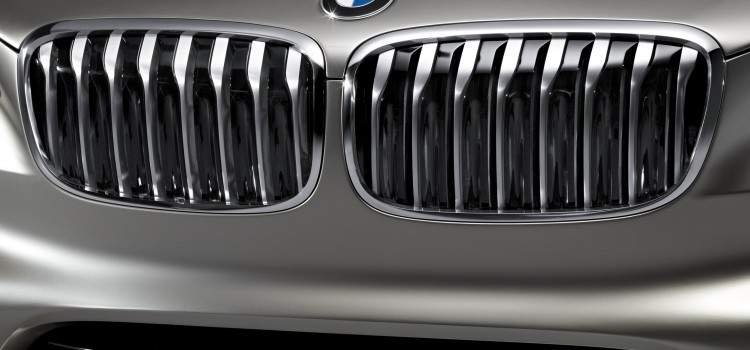

Is Your Car Radiator Failing?
Car Repair July 10, 2015 1
When was the last time you went to Jiffy Lube or Valvoline and had the radiator checked? If it’s been a while, it’s time you did because the radiator is a vital component of your car’s cooling system. The radiator keeps the coolant temperature down, which soaks in the engine heat. Unless the radiator is working properly the engine will overheat, damaging the pistons. Fortunately there are signs which indicate if the radiator is not working properly.
Radiator Parts
Before anything else, you need to get familiar with the radiator and its most important components.
- Radiator: this is the metal object with the grates, and it is responsible for cooling the engine.
- Hoses: these connect the engine to the coolant and the radiator.
- Water pump: pumps the coolant
- Thermostat: regulates the flow of the coolant
- Fan: blows air at the radiator
- Fan switch: this is connected to the fan and acts as its controller.
Cracks and Leaks
The most common signs are leaking or cracked hoses, but overheating can also be attributed to malfunctioning thermostats, pumps and broken fans. If the car isn’t subjected to frequent maintenance, these can get out of hand quickly. A small leak can be hard to notice but if it’s left unchecked this can lead to the formation of a liquid puddle under the engine when the car isn’t running.
These leaks can be dangerous and has to be cleaned up and fixed immediately. This leak is not only hazardous to your car but to humans and animals as well. You can tell that this is radiator liquid by its red or green color and the slimy texture.
Overheating
The purpose of a radiator is to keep the engine cool, so if you notice that the engine is hotter than usual then it’s a telltale sign there’s a problem. Sometimes it’s just a small leak but in other cases it is due to a severe case of overheating. There are many possible reasons for this so you need to investigate the causes to find the fix.
Pressure Drop
If your car’s radiator is heavily corroded, this will reduce the pressure level to below normal. Usually radiators produce 10 psi to 12 psi, and if the pressure is lower it means there’s a problem somewhere. If your radiator is acting up and you suspect it has something to do with the pressure, use a gauge to determine the level. A pressure gauge is typically fitted on the radiator cap and monitors the pressure as the engine is active.
The Coolant Level is Low
If the coolant level is low, there’s a strong possibility the radiator is leaking. Coolant is depleted over time naturally, but the drops are gradual, whereas if the cause is a leak, the drop will be sudden. Make it a point to check the hoses regularly and make certain the connections are tight and secure. If the components look all right but the coolant is malfunctioning, there’s probably a leak somewhere.
Rust
Rust is never good when it’s on any car component, in particular the radiator. The presence of rust is indicative of corrosion or leak, and once the liquid starts to leak, this generates heat, eating the metal and spreading rust. This is another potentially serious problem that has to be treated immediately.
Damage Prevention Tips
If the problems are severe you should take the car to a mechanic and have it repaired, but by taking care of your radiator a lot of these potential problems can be eliminated. For instance, basic maintenance practices can keep corrosion at bay.
Bent Fins
The radiator’s metal fins enable air to get into the cooling system and together with the fluid, cool the engine down. Bent fins prevent air from coming in and leads to overheating. If the blocked area is small it’s not going to cause any major problems, but if involves a large area it will need treatment. If the bent fin is causing damage, use a radiator comb to straighten them out.
Replacing the Coolant
One of the ways to keep the radiator humming is to replace the coolant when it’s running low and the fluid gets dirty. It’s important that dirty fluid is not allowed to accumulate because this leads to corrosion. By adding clean radiator fluid to the car, it will work as an antifreeze and prevent the hoses and radiator from cracking during winter.
There’s no set number of times you should replace the coolant, but if you drive the car a lot during the summer, replace it twice a year at least. If it’s cool over where you live and the car doesn’t get a lot of mileage, it’s okay to change every couple of years. However if you notice any of the symptoms mentioned here, change the coolant.
